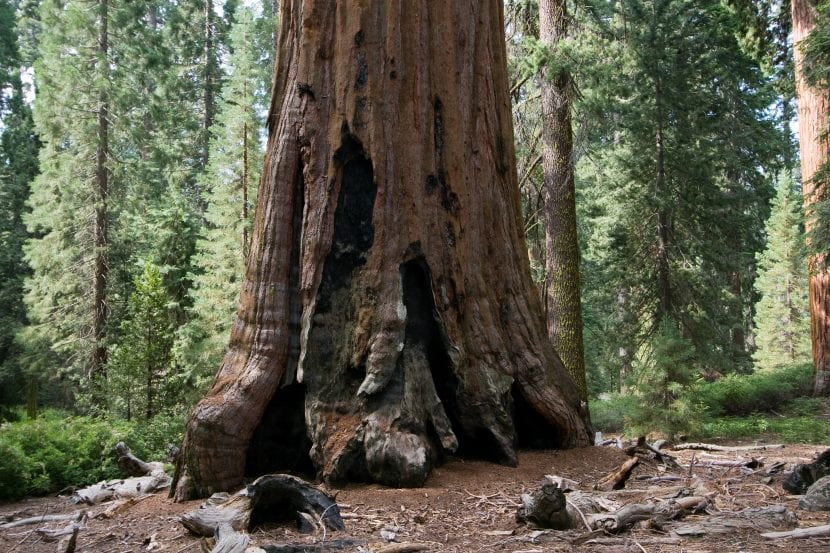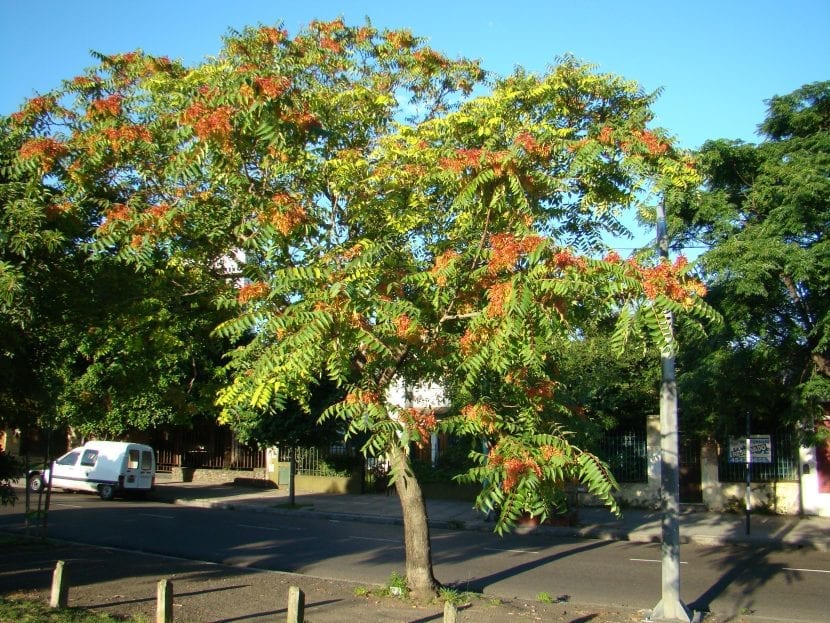
Sequoiadendron giganteum, a giant that can live 3200 years.
Plants began their evolution more than 200 million years ago. Throughout their evolution, they have adapted to different climates. Some of them are the ones that attract our attention today, as they have managed to extend their life expectancy to exceed one millennium of age. These plant beings are known as phanerophytes.
Do you want to know what its characteristics are? Well, you know: keep reading to know everything about them.
What is a phanerophyte?
Phanerophytic plants are all those woody (giant trees, shrubs, reeds, or grasses, such as palm trees) that have replacement buds above 20-50 centimeters above ground level, or the beginning of the stem in those species that are climbers.
According to the size, these biotypes are distinguished:
- Nanofanerophytes (less than 2m): like the genista scorpius.
- Microfanerophytes (between 2 and 10 meters): like the Juniperus turbinata.
- Mesophanerophytes (between 10 and 22 meters): like the Quercus suber.
- Macro-phanerophytes (between 22 and 50 meters): like the Abies alba.
- Megaphanerophytes (more than 50 meters): like the Sequoiadendron giganteum.
Why is it… what is it like?

Ailanthus altissima, a phanerophyte.
These types of plant beings are very special and resistant, but precisely for that reason they have been "forced" to adapt to an environment whose conditions are not always the most suitable. For example, if we talk about the giant sequoia, a conifer that can live up to 3200 years, it would be very difficult for it to reach that incredible age while still whole if it were not for its replacement buds at a certain height from the ground.
Why? Because during the unfavorable time to grow, in its case the snow covers part of the trunk. If that area had buds, they would suffer and it would be difficult for them to wake up in the spring.
If we talk about other plants, the worst time to grow may be summer, since it usually coincides with the driest period of the year.
Interesting, isn't it?